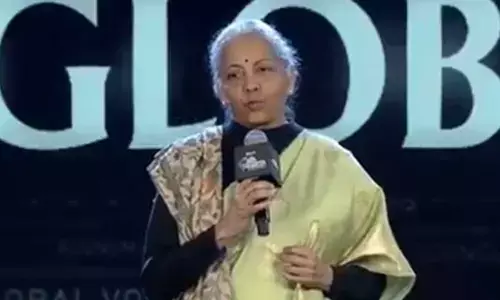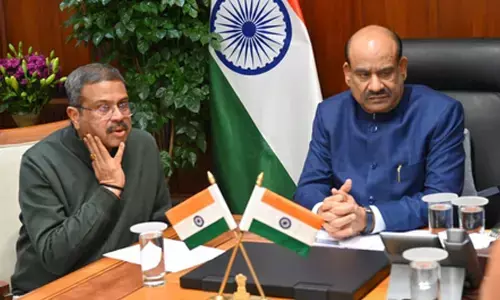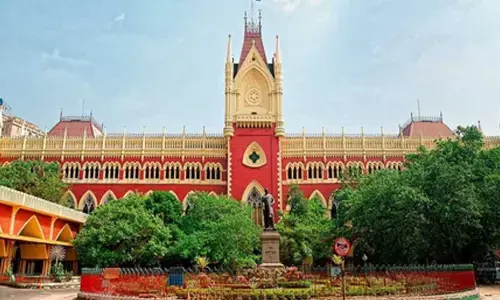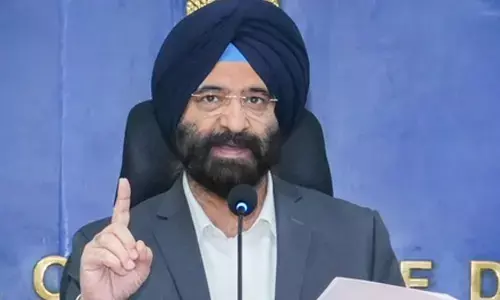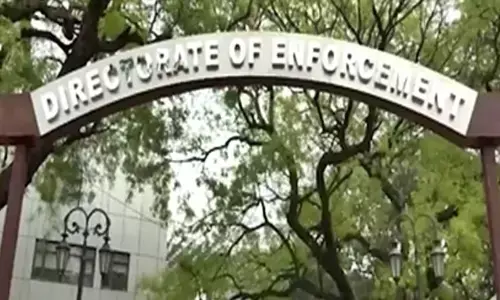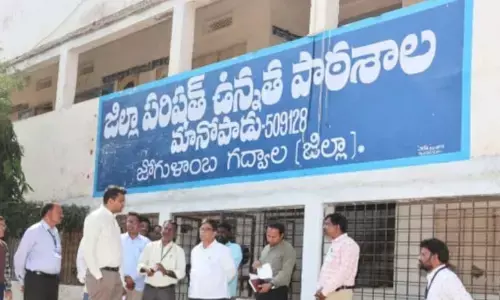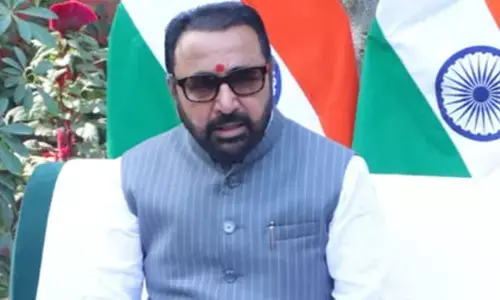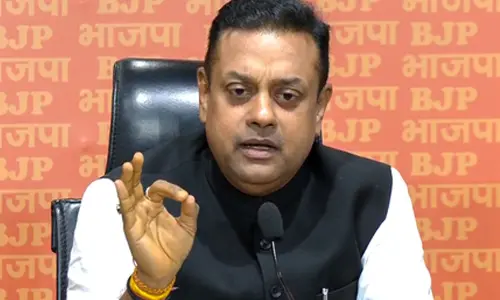Scientist who turned India into super food bowl
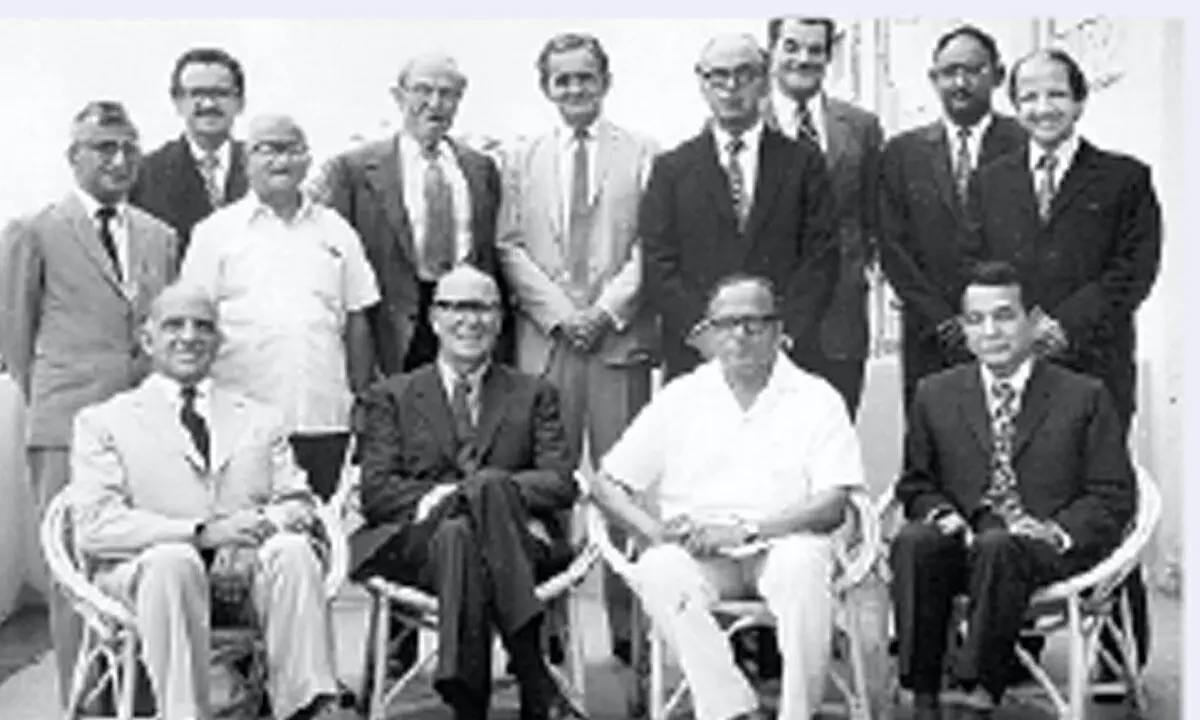
During the 1950s and 60s, when India’s population stood at less than 500 million, the nation grappled with a significant deficit in its ability to domestically produce an adequate quantity of food grain.
During the 1950s and 60s, when India’s population stood at less than 500 million, the nation grappled with a significant deficit in its ability to domestically produce an adequate quantity of food grain. India heavily relied on food grain imports during this period to avoid starvation and death though, its paramount objective was to attain self-sufficiency in food grain production.
Norman Borlaug, the sole recipient of the Nobel Peace Prize for his remarkable contribution to agriculture, expressed his strong desire to help India during his visits. He sought the attention of the governing political leadership, urging them to heed the counsel of the nation’s agricultural scientists in their pursuit of achieving self-sufficiency in food grain production. Speaking to The Hans India, Murli Sharma, retired researcher from ICRISAT (International Crops Research Institute for the Semi-arid Tropics) says, “In 1964, during a full cabinet meeting presided over by Prime Minister Lal Bahadur Shastri, the government gave its clearance for the Green Revolution programme, which was spearheaded by Dr. M.S. Swaminathan. Prior to this momentous decision, India had been relying on imports of wheat grain from Argentina and the USA to sustain its population. Later, for its green revolution programme, India also imported wheat seeds from Argentina. While those seeds increased productivity in a big way, people did not prefer them because the grains were dark in colour. Dr. M.S. Swaminathan and his team developed those varieties of wheat which had light colour, were nutritive, and also suitable for our climate. Our food grain production has been increasing since then.”
Following India’s war against Pakistan in 1965 and the untimely demise of Lal Bahadur Shastri, Indira Gandhi assumed the role of Prime Minister. During her visit to the United States of America (USA), a reporter from the American press questioned her about how India planned to tackle its food scarcity in the face of a rapidly growing population. Up until that point, India had been addressing its food problem by importing food grain.
“Upon her return to India, she engaged in consultation with various officials, including the eminent agricultural scientist Dr. M.S. Swaminathan, to deliberate on the pivotal question of achieving self-sufficiency in food grain production. While most officials estimated that it might take around 15 to 20 years to realise this objective, Dr. M.S. Swaminathan expressed a high level of confidence that India could accomplish this feat within a decade. He advocated for the continuation of the Green Revolution programme initiated by Lal Bahadur Shastri as a means to achieve this ambitious goal and India indeed became self-sufficient in food grain in 1972, within eight years,” added Murli Sharma. In 1972, India was able to help two neighbouring countries, Bangladesh and Sri Lanka, in a time of their need.
As India started achieving self-sufficiency in food production, the increased productivity generated a surge in demand by the farming community, propelling economic growth within the agricultural sector. While self-sufficiency was attained in the early 1970s, Dr. M.S. Swaminathan emphasised to then Prime Minister Indira Gandhi the importance of not only focusing on irrigated agriculture but also on dryland agriculture. This initiative resulted in the launching of the All India Coordinated Research Project for Dryland Agriculture, with operations commencing in Hyderabad. This effort eventually led to the establishment of the Central Research Institute for Dryland Agriculture, known as CRIDA, which operates under the purview of the Indian Council of Agricultural Research (ICAR). These achievements were made possible through the dedicated efforts of Dr. Jaswant Singh Kanwar when he worked in ICAR headed by Dr. M.S. Swaminathan.
“Subsequently, a proposal came from the Consultative Group on International Agricultural Research (CGIAR) suggesting the establishment of a dedicated international institute in India specifically focused on dryland agriculture, with the aim of positioning India as a leader in agriculture. While various potential locations, including Aurangabad and others, were considered, it was Dr. Jaswant Singh Kanwar who successfully convinced Dr. M.S. Swaminathan and the CGIAR committee to choose Hyderabad as the institute’s location due to its ideal climate for dryland agriculture,” says Murali Sharma.
Dr. Swaminathan was keen to bring the ICRISAT institute to India and Hyderabad. He was also able to procure 3,500 acres of land for ICRISAT from the government of India.
Patancheru, near Hyderabad, was selected as the site for the ICRISAT because of its unique soil composition. Approximately 60 percent of the soil in this area is black soil, while the remaining 40 percent is red soil. So out of four major soil types where dryland agriculture is done, two, black and red soils are found within one farm at ICRISAT centre in Patancheru.
Finding a location with both types of soil was challenging but essential for conducting research on dryland agriculture crops. This choice presented a significant opportunity for Hyderabad to establish itself as a prominent hub for dryland agricultural research.
While the ICRISAT was officially established in 1972, the foundation stone for its campus was ceremonially laid by Prime Minister Indira Gandhi in 1975. Dr. Swaminathan and Dr. J S Kanwar also explained to Indira Gandhi how two very different soil types are found within one location. They also explained the importance of ICRISAT’s mandated crops for research.
This sprawling 3,500-acre campus was crucial for conducting research in the field of dryland agriculture. Dr. Jaswant Singh Kanwar believed that Hyderabad’s ideal climatic conditions for dryland agriculture were a key factor in selecting this location for ICRISAT. Soon after its establishment, ICRISAT began sharing its research findings and agricultural expertise with various countries in Africa.
ICRISAT works for the improvement of the six most important dryland crops, including three cereals (sorghum, pearl millet, finger millet), two pulses (chick peas and pigeon peas), and on oil seed (ground nut).
ICRISAT’s work, as mandated by Dr. M.S. Swaminathan, puts emphasis on increasing productivity in dryland agriculture by improving natural resource management and genetic improvement of the six crops. ICRISAT has been pursuing Dr. Swaminathan’s dreams for over fifty years now.








